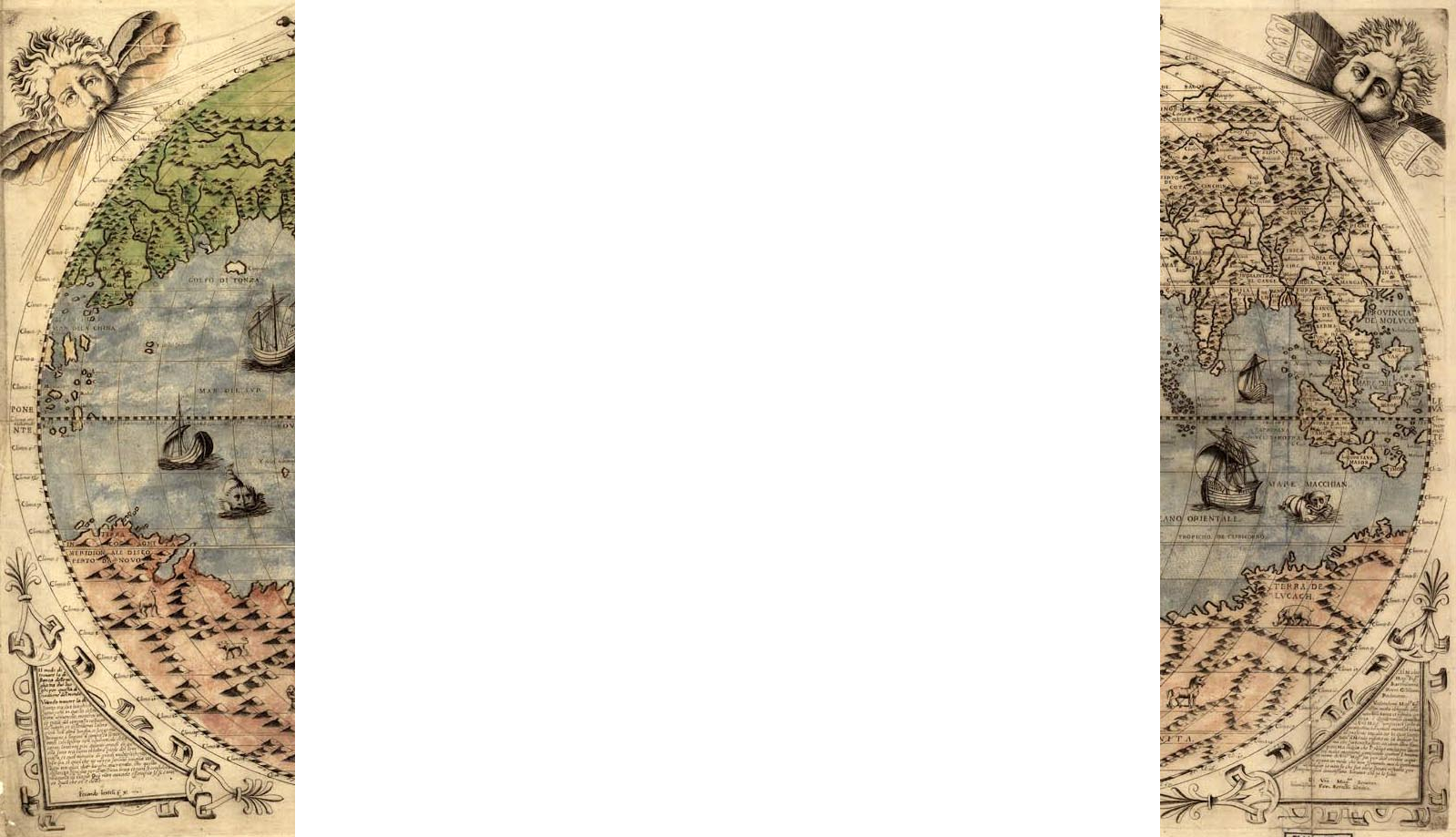Miami: Southernmost Northern Caribbean Metropolis
Miami, My-AMuh, MeeAhmee. Three cities, one name. Miami is perhaps the most international city in the South, though New Orleans most certainly disagrees. Barely perched on the edge of American civility, Florida’s most populated metropolis is closer to Cuba, The Bahamas, The Cayman Islands and Jamaica than to Atlanta. In the 21st century Miami is a cacophonous playground of music, food, language, politics, and color. Long before Miami boiled into a mix of flip-flop business suits and media-noche arroz con pollo, Miami was a mere sweet spot of perpetual warmth, a few glistening citrus trees, and a vision for growth.
For most of the 20th century Miami was, a Southern tropical anomaly with curious terms and critters like jalousie windows, lanais, bromeliads, flamingos, and alligators. You can still find vestiges of My-AMuh along the Miami River today. The Miami River Inn is one of the most curious leftovers from an era gone by. Situated almost beneath the Flagler Street bridge, the inn overlooks a section of the Miami River occupied by fishermen. Early morning ushers the sound of clattering lobster traps and the unintelligible sounds of grousing men. The cottages, which comprise the inn, were built between 1906 and 1910. Wide porches painted ‘haint blue’ are shaded by sagging pathos and flaming bougainvillea. Sit for a moment – sweat gently in a cane back rocker. Hope for a breeze of salted air. Listen to a boat halyard slacken and slap against the mast. My-AMuh, you are the Southern Queen on the Atlantic.
Miami is also the port of call to Freedom for hundreds of thousands. Calle Ocho, only a few blocks away, is the Corazon of Little Havanna. Post-Fidel but never Post-Cuba, Miami is also MeeAhmee. Alive with tourists and residents the Calel Ocho is MeeAhmee at its gentrified finest. Onlookers crowd Domino Park to glimpse courtly proceedings of Cuban men, joven y Viejo, hunched over tables slapping dominos and trading jokes. Draw from the boneyard, sip from the taza, tell a great lie, and dole out some advice. Some say the men are paid by the city to play dominos in the park so the tourists will keep coming. True? Does it matter in a MeeAhmee in which you can visit the closet from which Ilian Gonzalez was plucked at gunpoint, while paying five dollars to the Virgin Mary statue in Tio Gonzalez’ living room? MeeAhmee is reality and performance. The food is foreign, maybe for you. The music is exotic, maybe for you. The roosters are a curiosity, maybe for you. Santeria is dangerous, maybe for you. But for Miami, life after 1959 became inextricably re-linked with Cuba, Haiti, The Dominican and points beyond. Rather than becoming something new, Miami was returning to Florida to what she once was; after all Spanish has been spoke in Florida for over 500 years.







